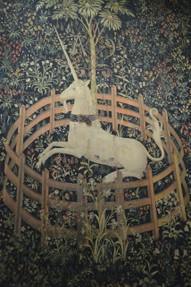 Much of the collection at The Cloisters museum came from the collection of one George Grey Barnard, an American sculptor who also collected and dealt in medieval antiques art. In 1914 he established the original Cloisters museum in Fort Washington to showcase his work. That collection - and museum - was acquired by the Metropolitan Museum of Art in 1925 thanks to a generous donation by John D. Rockefeller, Jr. Rockefeller already had some important works of medieval art including the Unicorn Tapestries (or "The Hunt of the Unicorn"), and it was clear that more space, and a new museum, would need to be built to properly showcase it all.
Much of the collection at The Cloisters museum came from the collection of one George Grey Barnard, an American sculptor who also collected and dealt in medieval antiques art. In 1914 he established the original Cloisters museum in Fort Washington to showcase his work. That collection - and museum - was acquired by the Metropolitan Museum of Art in 1925 thanks to a generous donation by John D. Rockefeller, Jr. Rockefeller already had some important works of medieval art including the Unicorn Tapestries (or "The Hunt of the Unicorn"), and it was clear that more space, and a new museum, would need to be built to properly showcase it all.
Rockefeller purchased over 60 acres of land north of Barnard's original museum with the intent of turning it into a public park and building the new space for the collection. He even purchased and donated land across the river in the New Jersey Palisades, in order to preserve the museum's dramatic view.
To build the museum, architect Charles Collens was employed to recreate the feeling of an authentic European medieval building. Elements of five French cloistered abbeys were actually transported across the Atlantic and rebuilt brick-by-brick as part of this museum, merging these different medieval styles and architectures into one construction. The Cloister grounds also feature herb gardens and grounds inspired by medieval manuscripts and artifacts, to attempt to authentically replicate the plants which would have been cultivated during those times. This new museum was open to the public on May 10, 1938.
Currently the museum is home to over 5,000 works of medieval art, including paintings, tapestries, reliquaries, altarpieces and illustrated manuscripts. For lovers of art from the 12th through the 15th centuries, it is an impressive collection that showcases art and styles from countries including France, Germany, Italy and Spain.
For more information, please visit:
* The Cloisters - Wikipedia
* The Cloisters - Metropolitan Museum Website


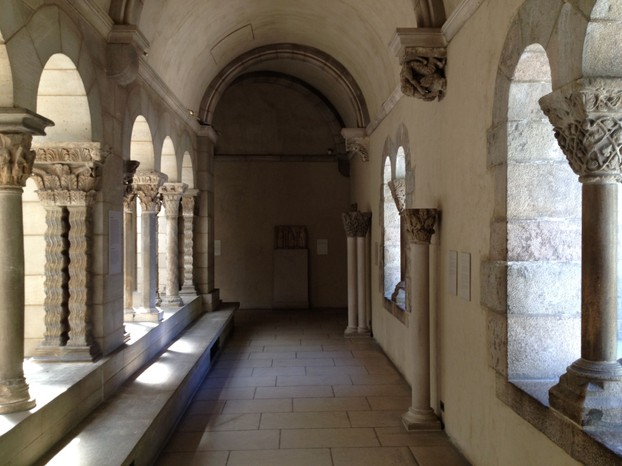
 Much of the collection at The Cloisters museum came from the collection of one George Grey Barnard, an American sculptor who also collected and dealt in medieval antiques art. In 1914 he established the original Cloisters museum in Fort Washington to showcase his work. That collection - and museum - was acquired by the Metropolitan Museum of Art in 1925 thanks to a generous donation by John D. Rockefeller, Jr. Rockefeller already had some important works of medieval art including the
Much of the collection at The Cloisters museum came from the collection of one George Grey Barnard, an American sculptor who also collected and dealt in medieval antiques art. In 1914 he established the original Cloisters museum in Fort Washington to showcase his work. That collection - and museum - was acquired by the Metropolitan Museum of Art in 1925 thanks to a generous donation by John D. Rockefeller, Jr. Rockefeller already had some important works of medieval art including the 
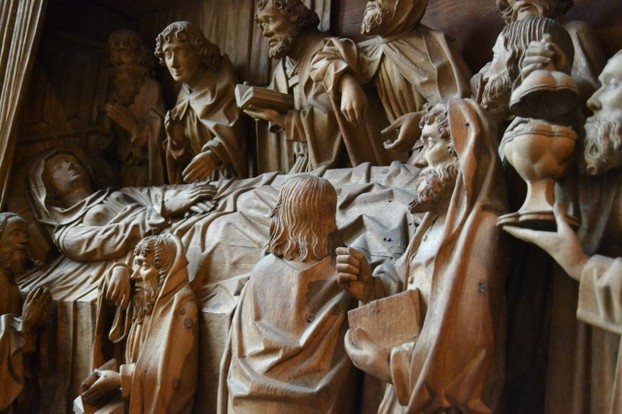
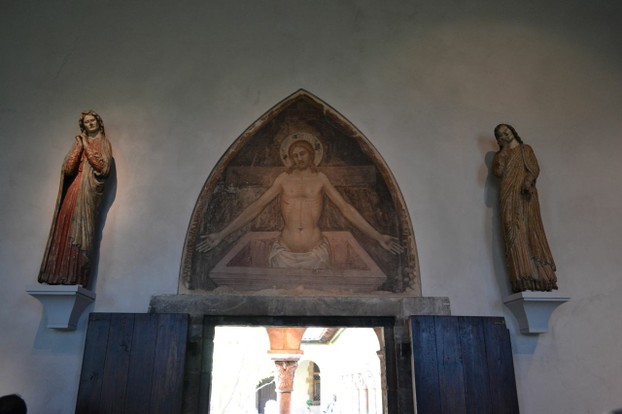
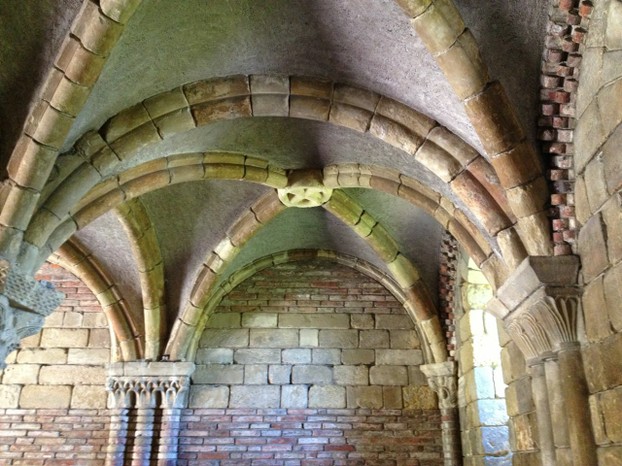
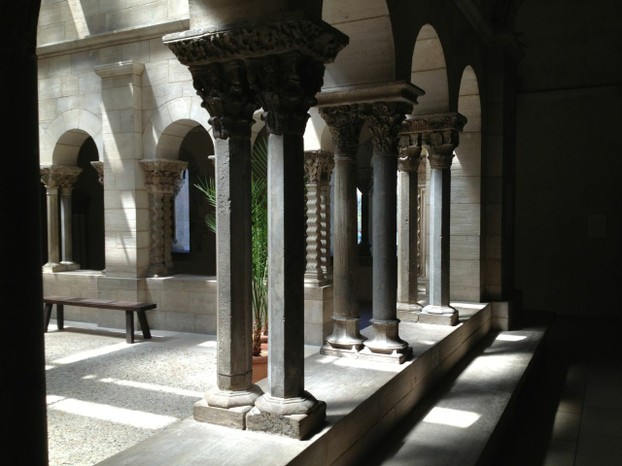
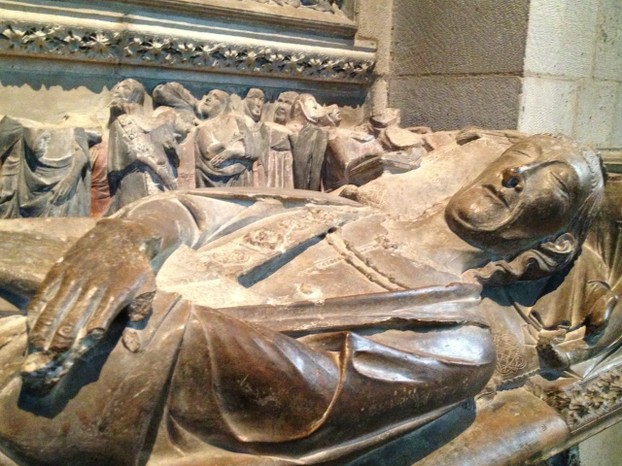

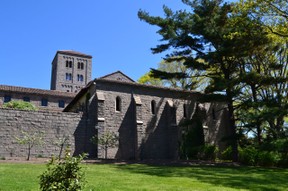 The Cloisters are open Tuesday - Sunday year round except for holidays. Check
The Cloisters are open Tuesday - Sunday year round except for holidays. Check 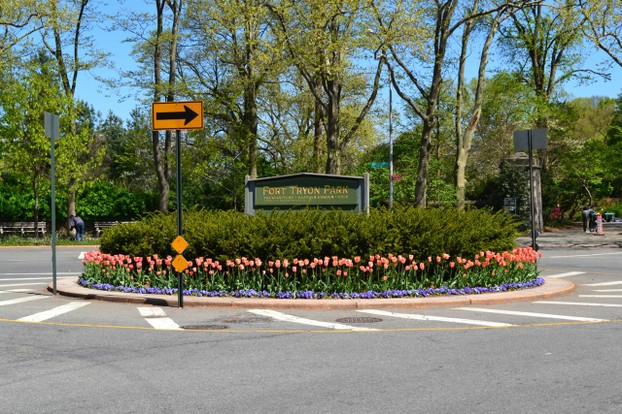
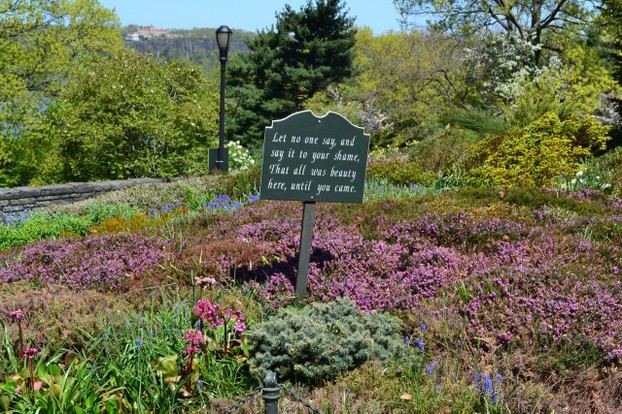
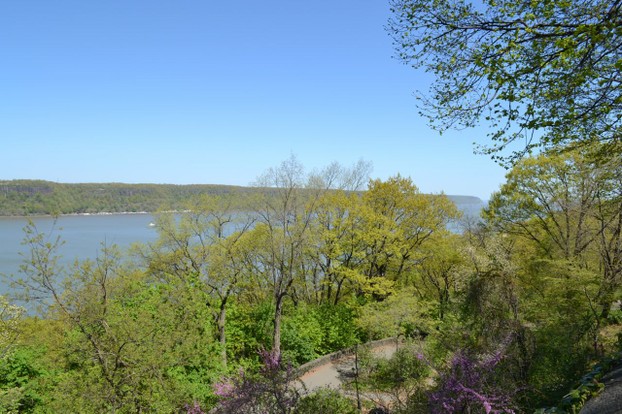
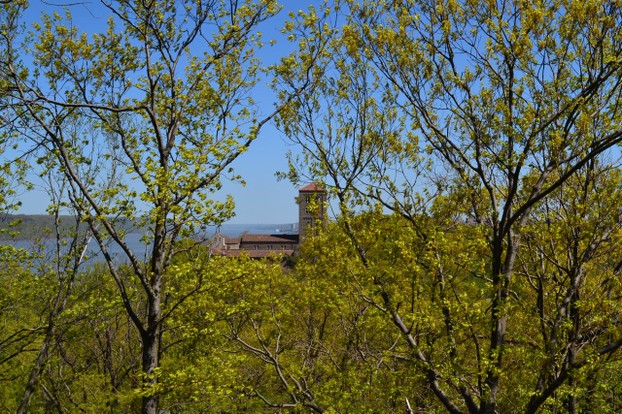
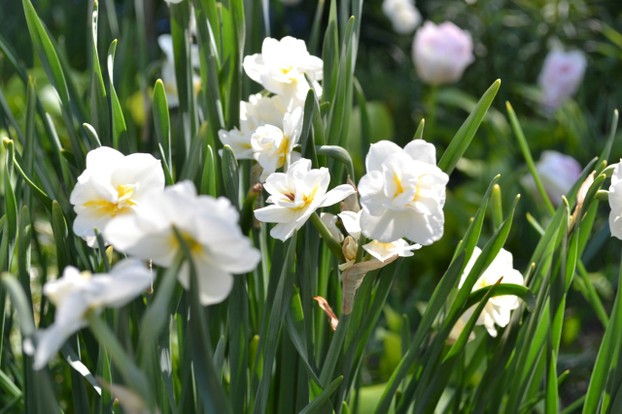
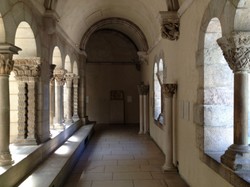

 A Potentially Fatal Accident in the Homeon 11/24/2018
A Potentially Fatal Accident in the Homeon 11/24/2018
 Windsurfing Lessons on Montserrat: One of My Funniest—and Fondest—Travel Memorieson 11/20/2018
Windsurfing Lessons on Montserrat: One of My Funniest—and Fondest—Travel Memorieson 11/20/2018
 Christmas Ornaments Celebrating Rome, Italyon 11/12/2018
Christmas Ornaments Celebrating Rome, Italyon 11/12/2018
 Philadelphia-Themed Christmas Ornamentson 11/09/2018
Philadelphia-Themed Christmas Ornamentson 11/09/2018


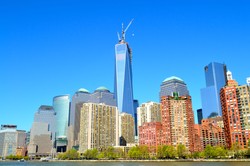
Comments
@Mira, you're right, I needed to re-word that section to make it clear of the timeline of how the Cloisters collection came about as part of the Metropolitan Museum
I've never been but have heard about the place. I don't quite understand what you say about Rockefeller. He donated his personal collection to the Met and "then" he donated it to the Met -- ?
I love visiting The Cloisters. It is a challenge for a country bumpkin from Maine to navigate the public transportation. Your pictures are beautiful.